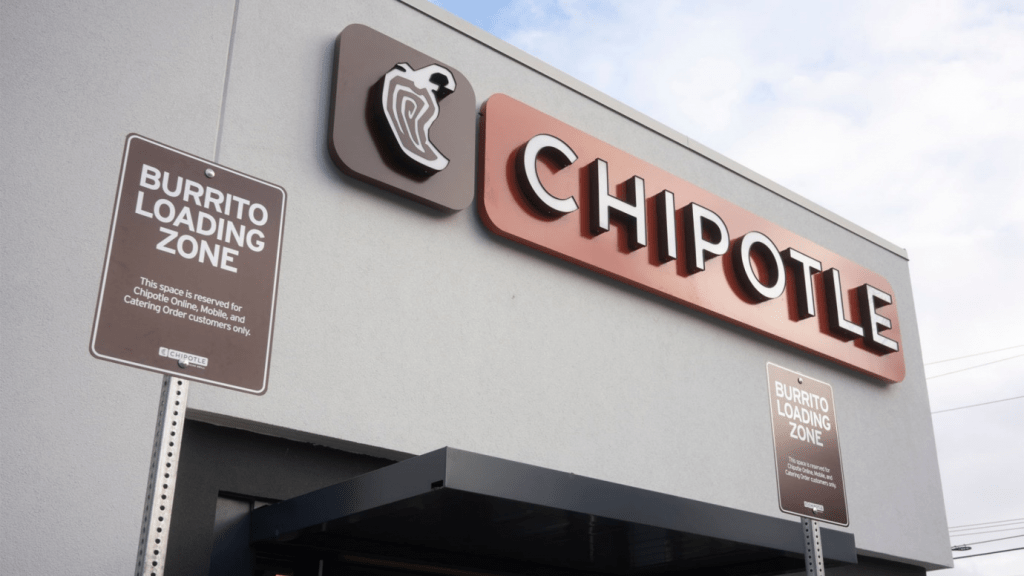
Canada Appeals for International Firefighting Aid
June 09, 2025: Canada has issued an international appeal for firefighting support as wildfires intensify across multiple provinces

August 29, 2022:- A Chipotle Mexican Grill cafe in Lansing, Michigan, evolved as the chain’s first location to vote to unionize.
According to the tally on Thursday, workers at the store voted 11 to three in favor of unionizing in the International Brotherhood of Teamsters.
“We’re disappointed that the workers at our Lansing, MI restaurant chose to have a third party speak on their behalf as we continue to believe that working directly together is best for our employees,” Chipotle spokesperson Laurie Schalow added in a statement to CNBC.
Chipotle has five business days to point objections to the election. Suppose Chipotle opts not to file any complaints. In that case, the National Labor Relations Board regional director will certify the results, and the company must start bargaining in good faith with the union.
“Chipotle pulled in revenue of $7.5 billion in the previous year, and just as we’re seeing workers of all ages and backgrounds all over the country take on these corporate giants, it’s encouraging to see Chipotle workers stand up and demand more from a company that can afford it,” Scott Quenneville, president of Local 243, said in a statement. “The Teamsters have these workers’ backs. They want a union they can be proud of, that knows how to get things done.”
The Lansing location was the second-ever Chipotle restaurant to file a petition with the NLRB to unionize.
In June, a Chipotle restaurant in Augusta, Maine, is the chain’s first outlet to file for a union election, which looks to collect under Chipotle United, which is not affiliated with any larger unions. After filing the petition, the company permanently shuttered the location, citing staffing problems. Chipotle United has complained to the NLRB, arguing that the move was retaliatory.
According to the Bureau of Labor Statistics, only 1.2% of workers at food and drinking outlets were members of unions in the previous year, which is nicely below the private-sector unionization rate of 6.1%.
We provide the insights on leaders who are responsible for taking their organization to new heights, all the while bringing together a group of talented individuals.

June 09, 2025: Canada has issued an international appeal for firefighting support as wildfires intensify across multiple provinces

May 27, 2025: Air Canada Cuts Five U.S. Routes for Winter 2025–26, Part of Broader Cross-Border Retrenchment

May 26, 2025: Trump Freezes $2.2B in Federal Grants to Harvard Over DEI, Threatens Tax-Exempt Status.

May 14, 2025: Microsoft has announced plans to reduce its global workforce by approximately 3%, affecting roughly 10,000 employees across multiple departments.

May 13, 2025: The Trump administration is considering suspending the constitutional right of habeas corpus in a bid to accelerate mass deportations.

April 29, 2025: Donald Trump’s second term has reached the 100-day mark under sustained public skepticism, with national approval ratings